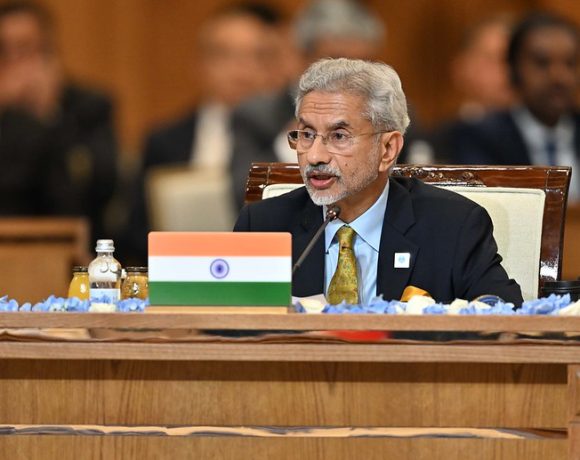
India Emerges as Tariff War ‘Winner-in-Waiting’, Says Moody’s
India is emerging as a leading beneficiary of the ongoing global tariff realignment, according to Moody’s Ratings. With key Asia-Pacific economies facing higher tariffs—particularly from the United States—India has managed to maintain a favorable trade position. This unique status, combined with expanding trade agreements, puts India in a strong position to attract manufacturing investments and build itself into a global production hub.
India’s Tariff Advantage in the Asia-Pacific
While nations such as Vietnam, Cambodia, and others in the Asia-Pacific region are facing the brunt of new U.S. tariffs, India has remained relatively insulated. Moody’s highlights that India “may face comparatively lower tariffs,” a condition that makes it more attractive for companies seeking to diversify supply chains and hedge against geopolitical risks. As businesses look to rebalance trade exposure, India’s tariff stability becomes a key draw.
FTAs Strengthen India’s Trade Hand
India’s recent trade deals are further solidifying its position. The Free Trade Agreement signed with the United Kingdom in May and ongoing negotiations with the European Union are seen as pivotal moves. These agreements are expected to provide Indian exporters with preferential access to major global markets while attracting foreign investors looking for stable, tariff-friendly jurisdictions.
Such strategic engagements reflect a proactive push to complement tariff advantages with institutional trade frameworks, creating a foundation for long-term industrial growth.
Path to Global Manufacturing Hub
Moody’s believes these developments could elevate India as a central player in global manufacturing. With rising labor costs in traditional Asian manufacturing hubs and tariff disadvantages affecting others, India’s combination of scale, skilled workforce, and trade advantage positions it as a promising alternative.
However, the report also highlights the need for India to continue improving infrastructure, reduce bureaucratic hurdles, and maintain policy stability to fully capitalize on this momentum.
Risks from Reshoring and Policy Uncertainty
Despite the positive outlook, Moody’s cautions that global reshoring trends—particularly U.S. efforts to relocate strategic supply chains domestically—may limit India’s long-term gains. Moreover, the lack of clarity in global trade policies and the unpredictability of protectionist shifts could delay investment decisions from multinational corporations.
India must navigate these uncertainties carefully to ensure that its early advantages don’t diminish in a rapidly evolving trade landscape.
Economic Resilience and Growth Outlook
India’s broad-based domestic demand and lower dependence on highly volatile export sectors give it an inherent buffer against trade shocks. Moody’s earlier assessments have pointed to India’s internal market strength as a key factor in weathering external turbulence. The expectation of accommodative monetary policies globally—including possible rate cuts in India—adds another layer of support for sustained growth.
With the right reforms and strategic clarity, India appears well-positioned to transform its “winner-in-waiting” status into tangible economic leadership in the evolving global trade order.


















